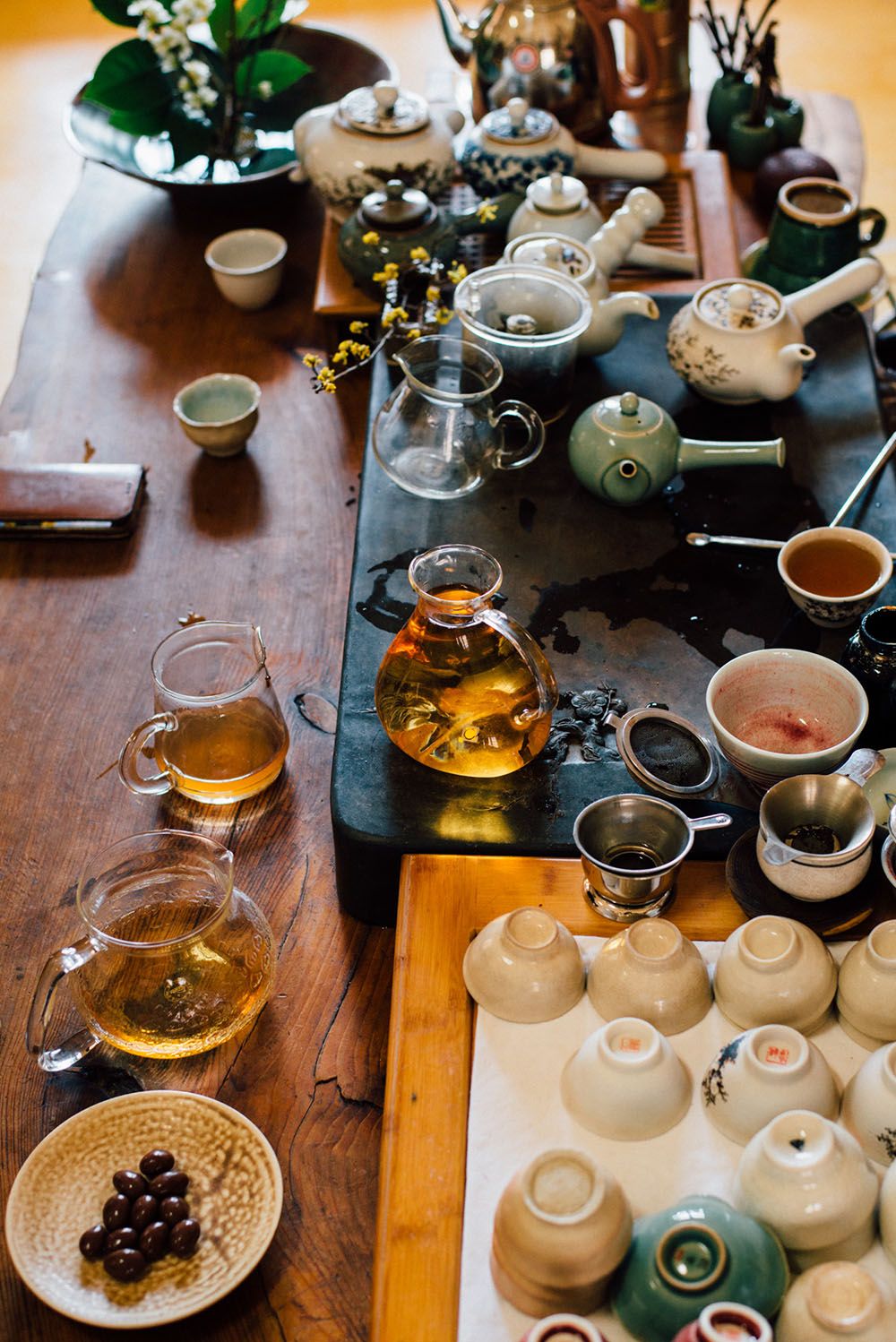By Yolanta C. Siu
This is the story of Gucheung Hermitage, located at the foot of Jiri Mountain in South Korea, where wild fermented tea is produced once a year with the help of community members and volunteers. Food is a language through which we communicate our ethical and cultural values; at Gucheung Hermitage, the tea is made by monks working in harmony with Buddhist principles.
sweet, pleasant aftertaste and by the sixth steep, still
tastes of light honey
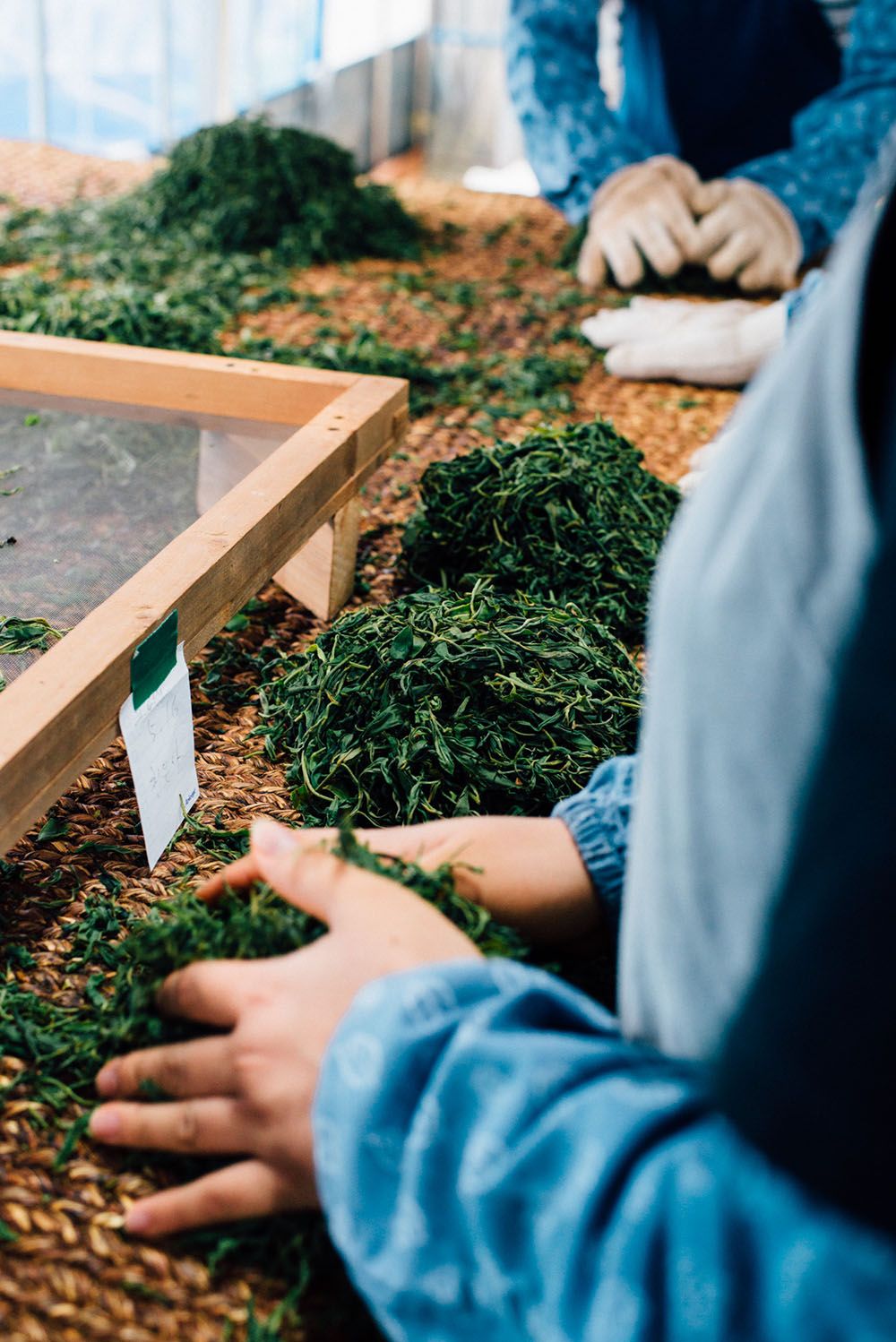
“Still too small,” Monk Dukjae dejectedly remarks of the bright green buds belatedly emerging from the tea bushes growing above Gucheung Hermitage. Lingering frost was delaying the hermitage’s sole harvest period, a precious one-month window between the first spring rains and the start of summer. While most commercial producers would compromise by increasing production in later periods, worrying only about their quotas, Monk Dukjae could never entertain such an idea. The journey of his tea from field to table was not a simple matter of nourishment, but, as it was for those before him, a labor central to his Buddhist practice.
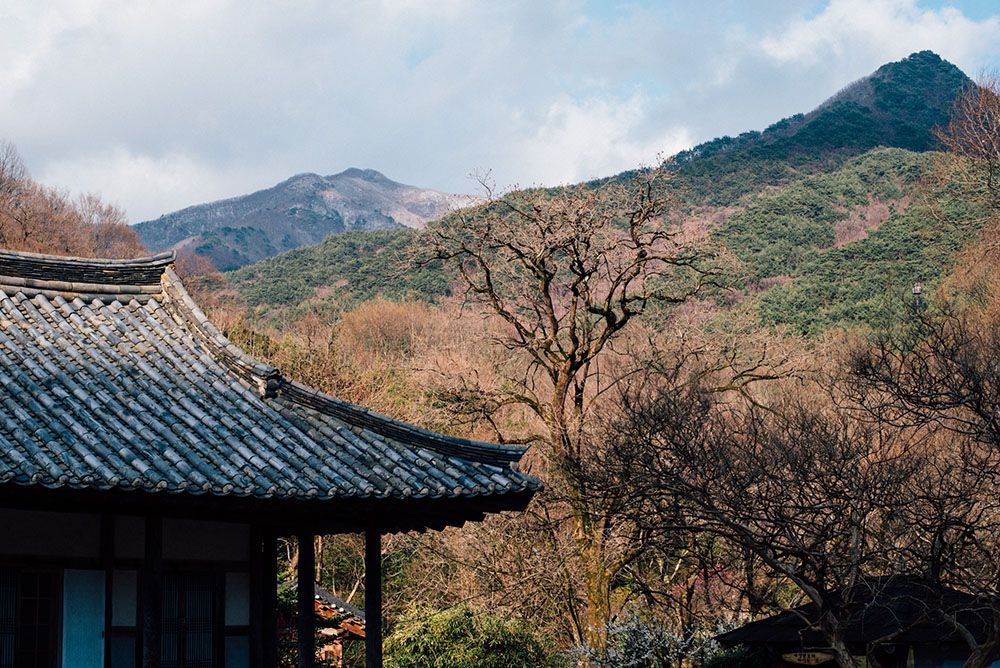
With each cruel pluck – or worse yet, imprecise severance by a machine – a tea plant becomes increasingly stressed. Eventually, its ill-health reveals itself in the tea’s bitterness, astringency, and thin flavor. But plucked just once a year, the tea made at Gucheung Hermitage has a sweet, pleasant aftertaste and even by the sixth steeping, still tastes of light honey. The tea’s exceptional qualities come from Monk Dukjae’s desire to nurture the bushes and, by extension, those who consume his tea. Although plants and humans diverged long ago along the tree of life, they continue to have a symbiotic relationship: each action we inflict on plants eventually returns to us in greater effect.
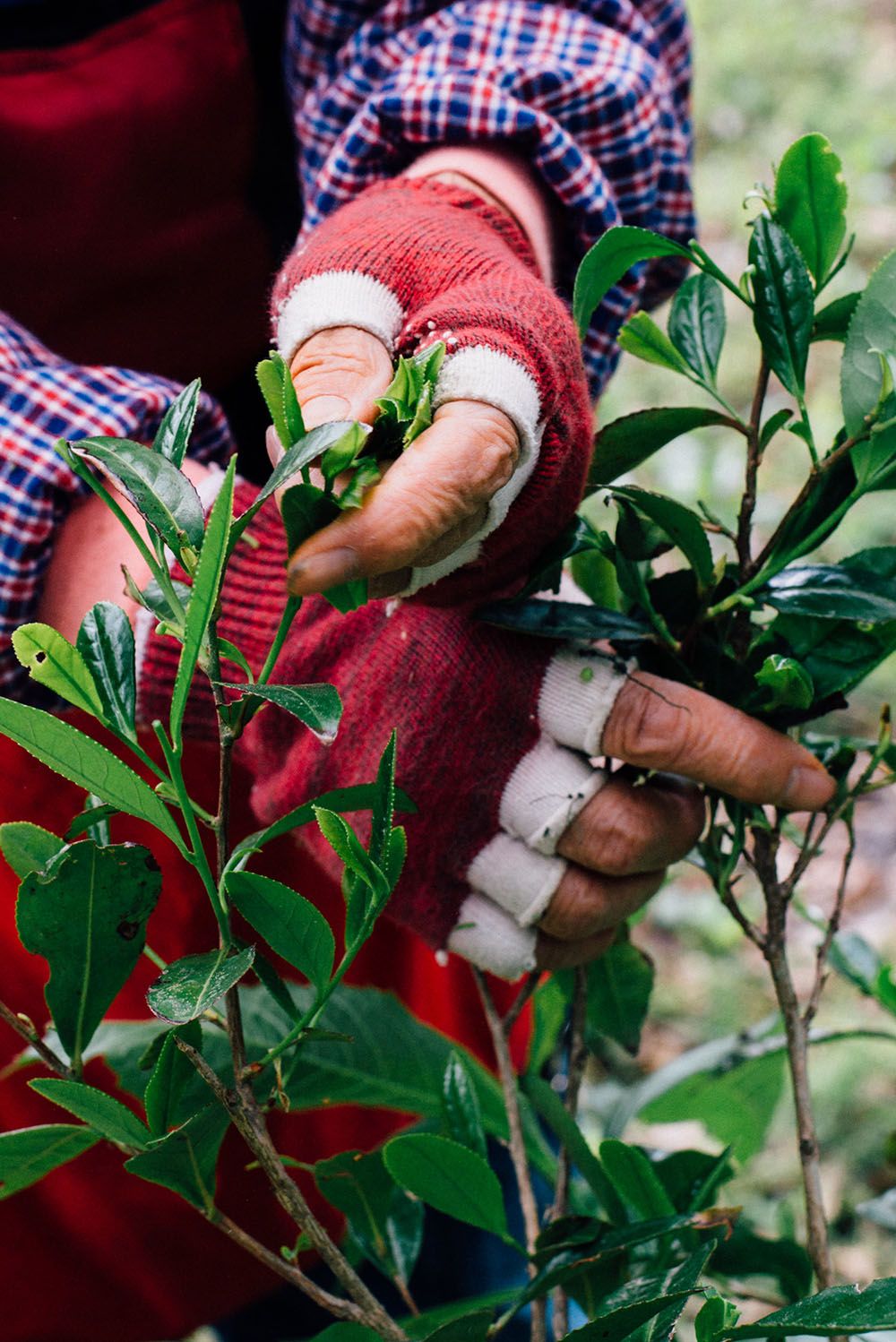
Since tea’s initial introduction into South Korea in C.E. 7, its stimulating effect has been used by monks to remain alert during long hours in meditation. The search for truths beyond the tangible realm was not limited to the mind, but entailed physical practices, too: transforming and consuming the tea grown around Jiri Mountain. The many temples surrounding the foothills carefully cultivated and produced tea for consumption within their own circles, but during the government’s prosecution of Buddhism, and its subsequent decline in C.E. 14, tea bushes grew wildly throughout the mountain, snaking between bamboo stalks and up craggy hillsides.
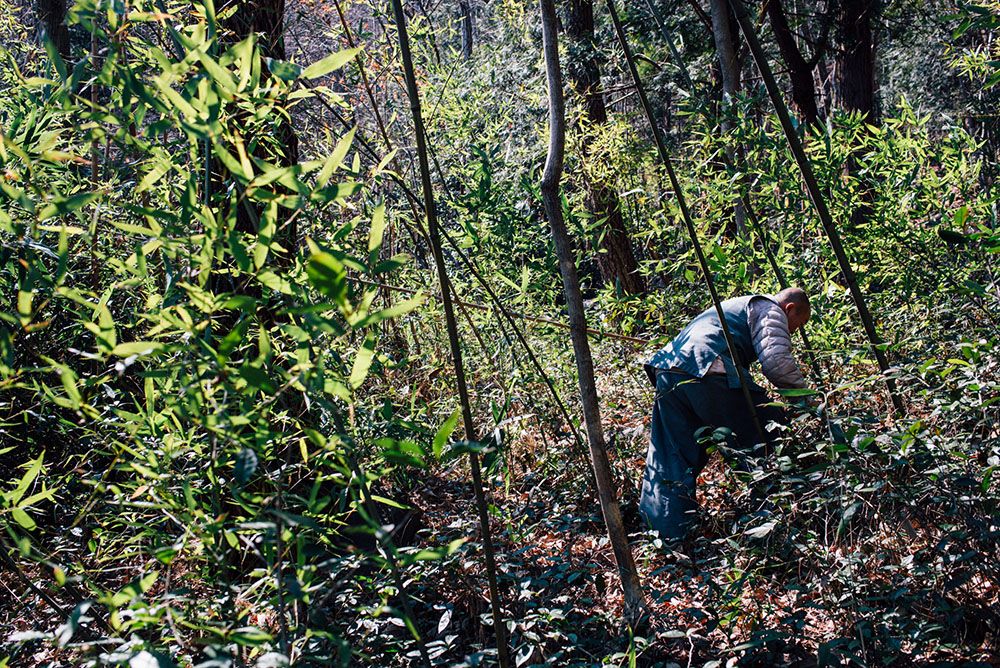


With extraordinary effort each year, monks from temples adjacent to Gucheung Hermitage, volunteers from all over the world, and local women continue to harvest buds from the descendents of these tea bushes. Their sustained plucking provides the rhythm for the hermitage’s composition, which starts with the sorting and spreading of the day’s yield onto drying racks. Monk Dukjae and a dozen volunteers work in harmony: while some knead yesterday’s parched buds into tight needles, others roast newly harvested buds to produce different kinds of fermented tea. The warmth of roasted tea and the smell of jasmine in the air helps keep the atmosphere jovial.
Each action that humans impose on plants
eventually returns to them in greater effect
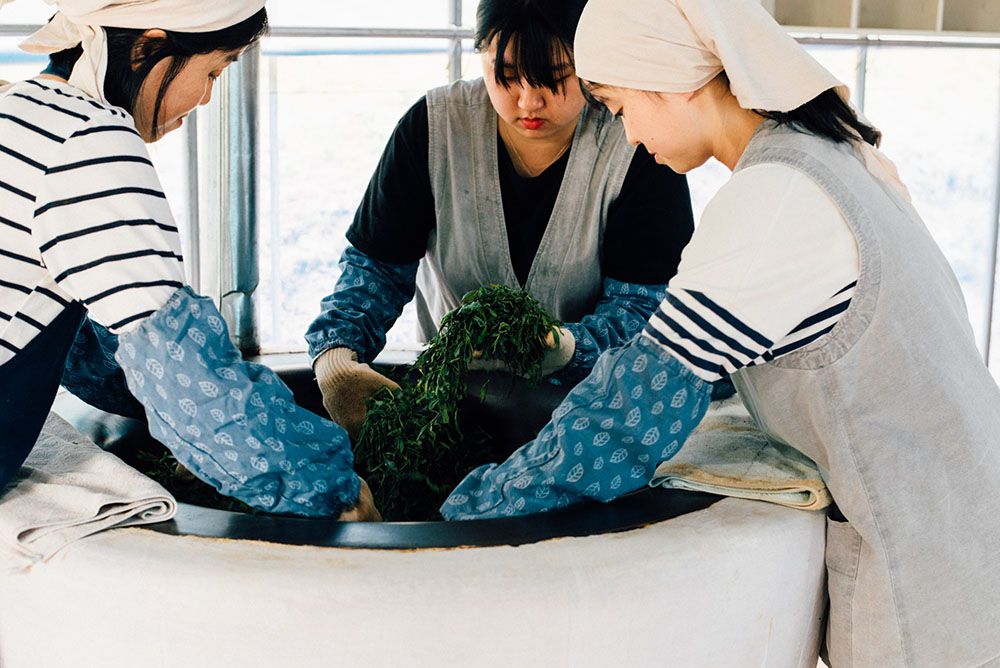
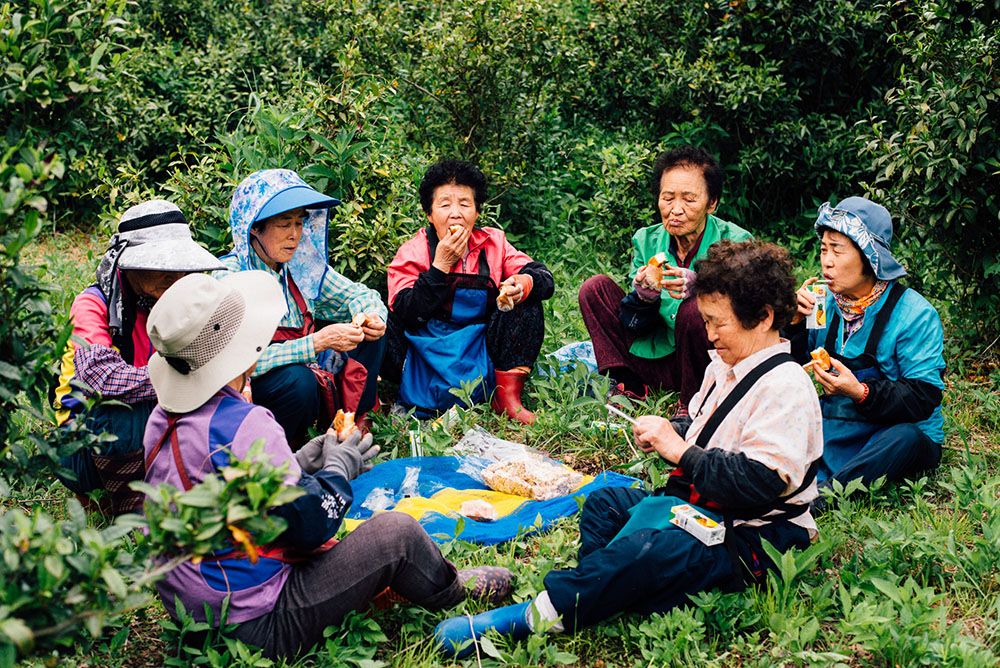
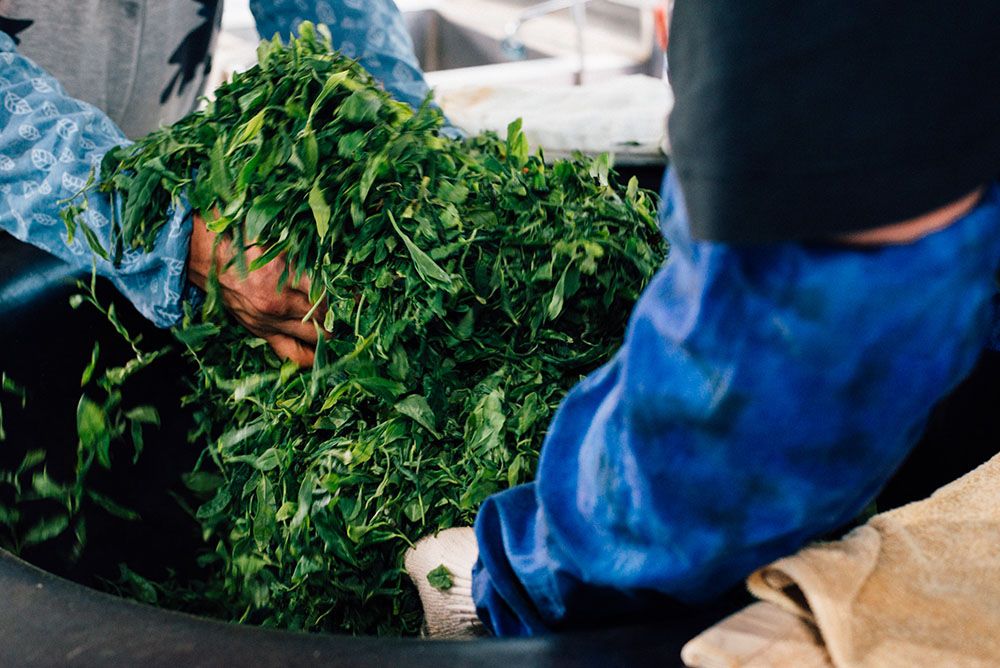

With the usual month-long season shortened to two weeks, days that should have ended with sunset are continued underby fluorescent lights. Shoulders ache and stomachs growl, but no one shirks the work, expending every last drop of energy. Their steady labor amounts to meditation, and their unflinching attitude reflects the same mindset. Only with such single-mindedness can they transform tea leaves into a vehicle for mental acuity.
After roasting, the oxidized leaves are spread across a paper-lined floor with the electric “ondol” floor heating set at 40 C. Over two days, every molecule of moisture is pulled out of the leaves, leaving behind dark, earthy wisps that obscure the breadth of labor required to produce them. Its finite availability does not give Monk Dukjae cause to hoard the tea. On the contrary, he freely shares it with visitors, who may continue to help themselves to more long after the monk has left the tea room to attend to a new batch of harvested buds.
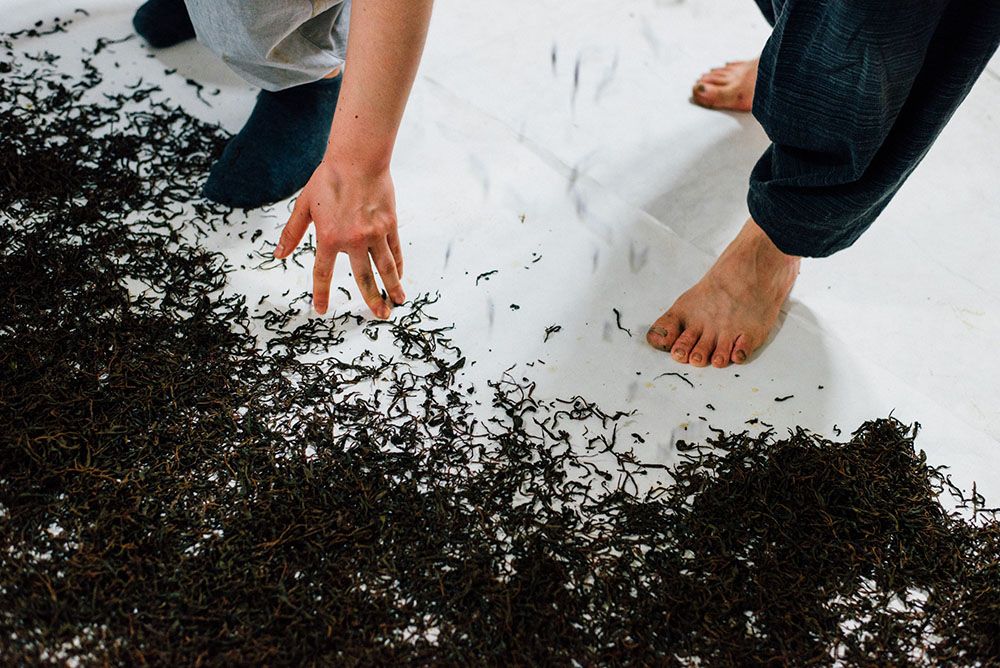

His attitude echoes that of Monk Hyo-dang, who led Buddhism’s revival in C.E. 20 and espoused the Korean “Way of Tea”. Filled withBased on childhood memories of his father plainly drinking tea and the observation of people in the neighborhood of his first temple, Dasol Temple, gathering buds and drying them over the hottest part of their ondol floors, he declared that the Korean tea ceremony was one of egalitarian values. In his tea room at Dasol Temple, Monk Hyo-dang welcomed and served everyone without discrimination and with no unnecessary flourishes. With each sip, guests could feel his philosophy of tea: “Chado-mumun, meaning “the Way of Tea leaves no door shut”.
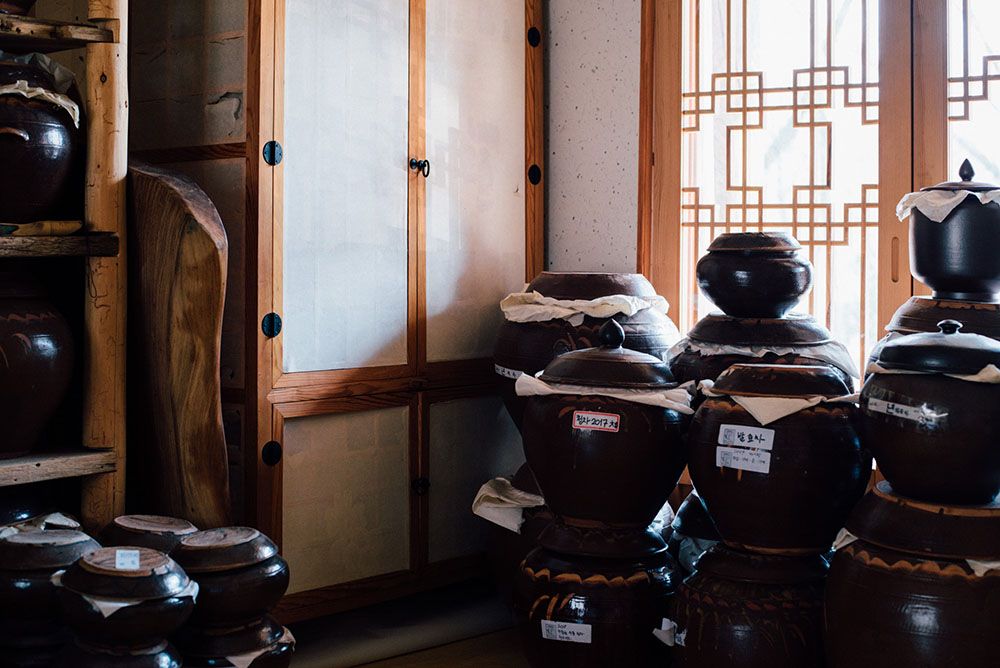


By opening the doors of his temples for everyone to share in the warmth and the laborious work involved in brewing a cup of tea, Monk Dukjae, like Monk Hyo-dang before him, allows people to taste the oneness at the core of Buddhist philosophy. The reverent and charitable spirit with which the monks produce, share, and consume each cup is an open expression of their being. Anyone can approach a more perfect harmony with the Earth, quiet their inner conflicts, and develop an overwhelming love for their community – all through a cup of tea.
